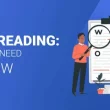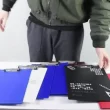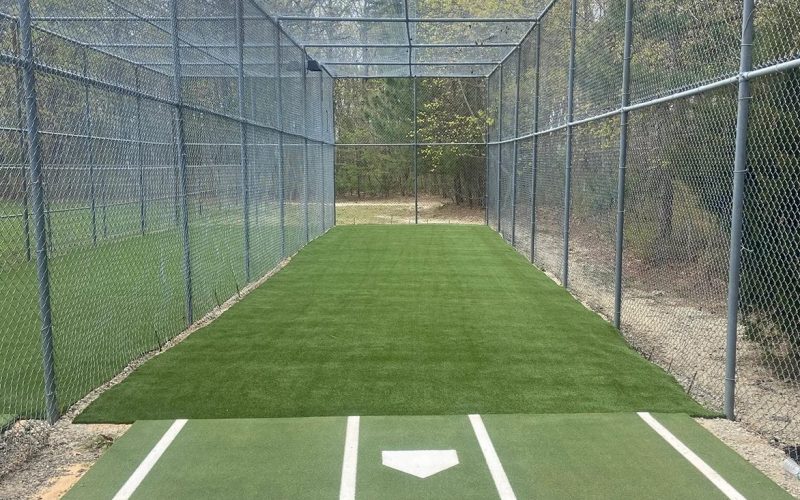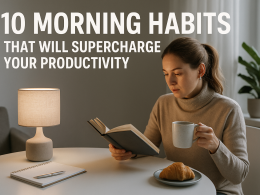Installing turf in your yard might seem like a simple job: roll it out, tack it down, and you’re good to go. But there’s one step that makes or breaks the entire project—and it’s the one most people overlook. That step is base preparation.
The base is the layer beneath your artificial turf. It supports the turf, helps water drain, and keeps the surface smooth and level. Without a solid and properly prepared base, even the best-looking turf will shift, wrinkle, or wear out too soon.
Whether you’re planning a full lawn replacement, a backyard putting green, or a kid-friendly play area, artificial turf installation backyard jobs all depend on a solid base. This guide explains how to prep your base the right way—and what most homeowners and even some contractors miss.
Why the Base Matters in Turf Installation
Think of the base like the foundation of your house. If the foundation is weak, everything above it suffers. The same idea applies to turf. Without a firm, even, and well-draining base, your turf can:
- Shift or move over time
- Develop dips or high spots
- Trap water and grow mold underneath
- Become uneven or lumpy underfoot
- Show seams, wrinkles, or gaps
That’s why proper base prep is the #1 step in a long-lasting and good-looking synthetic turf installation—especially in a backyard putting green, where a level, smooth surface is crucial for performance.
What Most People Miss When Prepping a Base
1. Not Digging Deep Enough
A common mistake is digging only a few inches. Turf needs more depth. To start, remove the top 3–4 inches of soil, including grass, roots, and debris. In areas with heavy foot traffic (like a dog yard, play zone, or golf green), you may need to go 5–6 inches deep.
This makes room for your base materials, which allow drainage and keep the surface firm.
2. Skipping Weed Barrier Fabric
Some folks think laying weed fabric is optional. It’s not. A weed barrier keeps weeds from growing up through your turf. Without it, stubborn weeds may poke through the seams or edges, especially in warmer, humid climates.
3. Poor Drainage Planning
Turf doesn’t absorb water like real grass. So if water can’t drain underneath, it will pool and cause problems. That’s why your base should include crushed stone or decomposed granite, which allows water to pass through easily.
Also, your yard should have a slight slope—around 2%—to direct water away from your home or fence.
4. Using the Wrong Base Materials
Not all gravel or fill works. Using dirt, sand, or soft materials under turf will lead to shifting and sagging over time. The best base materials are:
- Crushed rock (¾” minus)
- Decomposed granite (DG)
- Class II road base
These compact well and provide a stable, drainable foundation for your turf—whether you’re building a lawn or a backyard putting green.
Step-by-Step Turf Base Preparation Guide
Here’s what proper turf base prep looks like, whether you’re doing a full artificial turf installation backyard job or just working on a small project.
Step 1: Clear the Area
- Remove grass, weeds, rocks, and roots.
- Dig down 3–6 inches depending on traffic and drainage needs.
- Dispose of removed soil properly.
Step 2: Grade the Soil
- Create a slight slope to help water drain.
- Use a landscaping rake or grading tool to level the surface.
- Check slope with a bubble level or string line.
Step 3: Lay Weed Barrier
- Place landscape fabric to prevent weeds.
- Overlap seams by 6 inches.
- Pin down using landscape staples.
Step 4: Add Base Material
- Add 2–4 inches of crushed rock or DG.
- Lightly water it to settle dust.
- Compact using a plate compactor.
- Add another 1–2 inches and compact again.
- Final base depth should be around 3–5 inches.
Step 5: Smooth and Level
- Use a screed board to even out the surface.
- Remove bumps or dips.
- Make sure the whole area drains properly and feels firm underfoot.
Step 6: Optional Shock Pad
- For pet areas, kids’ zones, or putting greens, add a shock pad layer before laying turf for extra cushion and safety.
Must-Have Tools for Turf Base Prep
Even if you’re tackling a small backyard area, you’ll need the right gear:
- Shovel and garden rake
- Wheelbarrow
- Plate compactor (rentable from local tool rental shops)
- Landscape staples and weed barrier
- Straightedge or screed board
- Gloves and knee pads
Don’t Overlook These Base Issues
Even if the turf looks fine right after installation, problems often show up later if the base prep was skipped or done poorly. Here are some signs to watch for:
- Dips or soft spots
- Wrinkles in the turf
- Pooling water after rain
- Uneven ball roll on a backyard putting green
- Seams pulling apart
Most of these problems lead back to rushed or incomplete base work.
Common Questions About Turf Base Prep
Q: Can I use sand as a base for turf?
A: No. Sand alone shifts too easily and doesn’t hold up well under foot traffic.
Q: How deep should I dig before adding base?
A: For regular yards, 3–4 inches is usually enough. For high-use areas like pet yards or putting greens, go at least 5–6 inches deep.
Q: How do I know if my base is compacted enough?
A: Walk on it. If it feels solid and doesn’t sink or shift, it’s compacted. Use a plate compactor in layers for the best results.
Q: Do I need different prep for a backyard putting green?
A: Yes. Putting greens need a very flat, firm surface. Pay extra attention to grading and compaction for even ball roll.
Turf Base Terms You Should Know
To help you understand key concepts, here are a few terms related to artificial turf installation backyard projects:
- Subgrade: The natural soil underneath all base layers.
- Base Layer: Crushed stone or DG that supports the turf.
- Compaction: Pressing the base down to make it stable and firm.
- Drainage Slope: The angled surface that helps water flow off.
- Shock Pad: Optional layer added for cushion under the turf.
- Screed: A straightedge used to level materials.
Final Thoughts
Turf installation might look easy, but it all starts with the base. Whether you’re planning a full artificial turf installation backyard or a small backyard putting green, prepping the base properly is the key to long-term success.
Rushing through the prep step can lead to sinking spots, water issues, and uneven surfaces. Done right, your turf will stay smooth, green, and firm for years—no matter the weather or foot traffic.
Before you roll out that turf, double-check your base. It’s the one part of the job you can’t see once the turf is down—but it’s the part that matters the most.
for more informative articals click here












